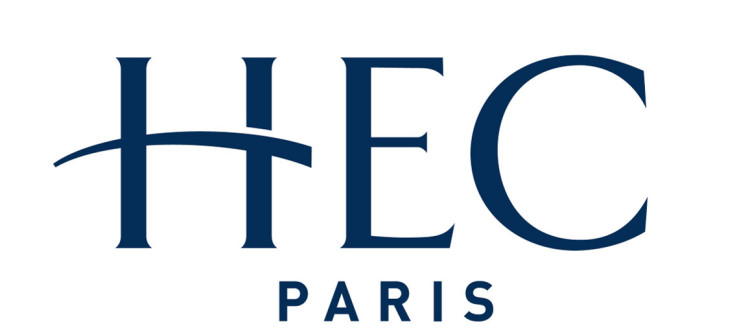- Innovation
The Dynamics of Innovation
Etienne Krieger considers the competing forces of customer-oriented and scientist-oriented innovation
Innovation is characterized by the meeting of a new idea with a market. A true innovator is therefore bound to constantly make the connection between ideas for new products or services, on the one hand, and the expression by potential users of a genuine need for a new solution whose perceived value will be tangible.
This ‘customer orientation’ is far from being natural for many innovators. It requires a good deal of empathy and analytical capacity in order not to seek to satisfy insubstantial requirements expressed about apparent needs that are merely transient customer whims.
Listen to the customer, observe or dream with him or her
The ‘customer oriented’ view places emphasis on approaches to innovation where marketing reigns supreme. From this point of view, the simplest approach is to listen to potential customers to enable them to express badly fulfilled needs. The more people complain about the inadequacy of existing solutions to address a given need, the more you will have identified a need for the resolution of which future customers are willing to pay. In this view, the discovery of a significant need constitutes an essential prerequisite for the formulation of an offer likely to meet it.
However, it is a bit more difficult to detect unmet needs that do not relate to existing solutions. The key here is to observe the client in order to identify dysfunctional practices that a person or organization might not be able to describe in words.
An even more daring approach is to ‘dream with the customer’ to build an ideal offering for unconscious needs. Such an approach goes beyond analytical thinking and enables innovative solutions to be created in close relationship with the end user. ‘Design Thinking’ is clearly part of this collaborative innovation approach, which is as intuitive as it is analytical.
Engineering, development or research
Scientists and engineers will object that marketing is not the alpha and the omega of innovation. This is particularly true for advanced technology companies, where some breakthrough innovations are primarily attributable to the talent and vision of a scientist or technical team.
Innovation in this context involves three types of action each relating to increasing degrees of uncertainty about the possible outcome:
1. Engineering – which uses basic technologies to solve a problem;
2. Development – where the challenge is to develop differentiating technologies, by transfer and or adaptation of existing know-how;
3. Research – where it will be necessary to discover and experiment with emerging technologies.
However, approaches that are essentially driven by technology run the risk of merely developing ‘problem-solving solutions’, where getting the technology to solve problems, perhaps dreamt up late at night, becomes the focus. This can lead to magnificent economic failures.
In fact, the two approaches, technical and marketing, need not oppose each other. They can be complementary and a successful innovation is more of a collective endeavour than a solitary one.
Before making an investment, venture capital professionals value the quality of the team, above the technology and the target market, pointing out that the team accounts for nearly 75% of their selection criteria. Of course, a dream team brings together key components – visionary, marketer, engineer and financier – that can very rarely be embodied by one and the same person.
In short, being innovative is as much a state of mind as a method. A state of mind that introduces a good dose of customer-oriented implementation in order even to give room to serendipity and breakthrough ideas.
The best teams are those who adopt modes of thought and action that allow them to implement innovations in a way that creates the elegance of simplicity.
ARTICLES YOU MIGHT LIKE
VIEWPOINT
Cognitive neuroscientist, Lynda Shaw, explains how to understand and support intrapreneurs
DEVELOPING LEADERS QUARTERLY MAGAZINE AND WEEKLY BRIEFING EMAILS


































